Trump gives Huawei a "stay of execution"

Last year, when ZTE was in the midst of an Export Ban that prevented it from obtaining needed parts and components from the U.S., President Donald Trump surprised everyone with a tweet that called for the Commerce Department to lift the ban. Trump wrote that "Too many jobs in China lost." This was the same guy who throughout the 2016 campaign complained that China was stealing jobs from the U.S. Nonetheless, a deal was eventually worked out and the ban was lifted in the nick of time.
Now let's move ahead to last week when Trump signed an executive order that declared a national emergency over U.S. technology. At the same time, the administration put Huawei on the Commerce Department's Bureau of Industry and Security (BIS) Entity list. This prevents U.S. firms from selling parts and components to Huawei without obtaining a government license. And it led Google and a number of chip makers to cut ties with Huawei, putting its phone business in jeopardy.
But as reported today by the Financial Times, the Trump administration surprisingly came to the rescue of Huawei (while in the middle of a trade war with China, we should note) by issuing a temporary license that allows U.S. companies to do business with Huawei for three months. However, there are restrictions. The license allows Huawei suppliers in the states to sell Huawei parts and components "necessary to maintain and support existing and currently fully operational networks and equipment, including software updates and patches." Also allowed under the three-month reprieve are contracts "necessary to provide service and support, including software updates or patches to existing Huawei handsets."
The Trump administration gives Huawei a "stay of execution" for three months
Of course, this doesn't mention anything about future Huawei handsets, including the Mate 30 line expected in the second half of the year. While Huawei does design its own chipsets for high-end models, it does use software from U.S. companies to create these designs. Huawei paid its U.S. suppliers including Qualcomm, Micron and Intel $11 billion last year and chip experts say that the company needs a few years before it is completely self-reliant.
Even if the Trump administration does allow U.S. companies to do limited business with Huawei for a few months, it is unknown at this stage whether Google, Qualcomm and some of the other U.S. companies that have broken ties with Huawei will continue to supply the company. An executive at a national security consultancy called today's news "a stay of execution."
"This gives time to U.S. business to adapt or consult with the U.S. government and, if convincing, possibly win changes to a final order. The Chinese might also view this move as an opening to win changes in the trade talks if resuscitated"-Michael Allen, managing director, Beacon Global Strategies
Huawei was the second largest smartphone manufacturer in the world during the first quarter of 2019 and planned on taking the top spot away from Samsung by next year. The company was on such a path until Google and other companies, following the placing of Huawei on the Entity List, pulled the rug out from under the company. Huawei is also the number one supplier of networking equipment in the world, and some of its gear uses U.S. parts and components.
The U.S. considers Huawei to be a national security threat because of the possibility that it can be called upon by the communist Chinese government to gather intelligence. While always denied by Huawei executives, American lawmakers are concerned that the company's phones and equipment contain backdoors that can be used to send intelligence to Beijing.
Just the other day, Huawei chairman Liang Hua said that the company would sign a "no-spy" document with any country.
Huawei is by no means out of the woods, and it does appear more and more likely that the company is being used as leverage by the U.S. in the trade war with China.
Follow us on Google News


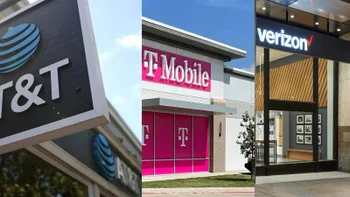
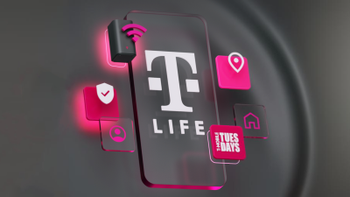
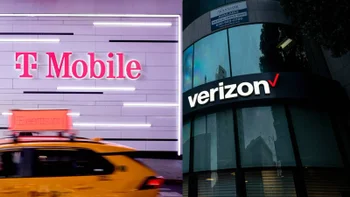
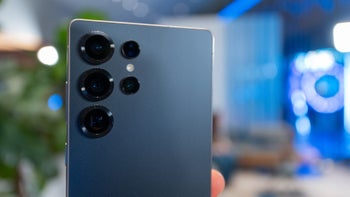

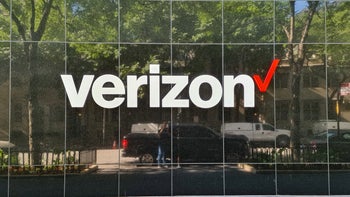
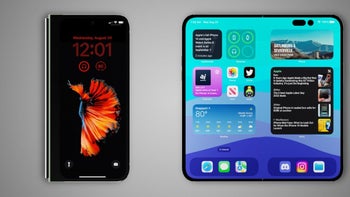
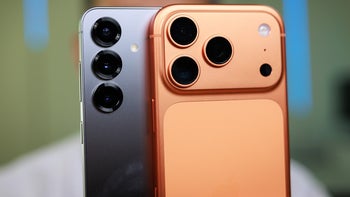

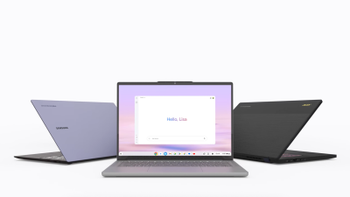
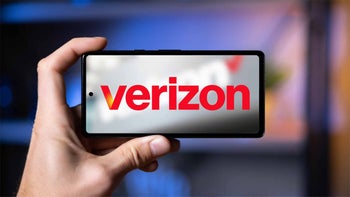
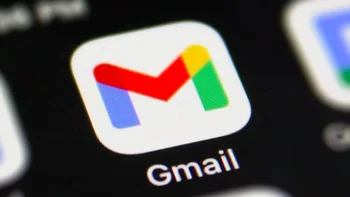
Things that are NOT allowed:
To help keep our community safe and free from spam, we apply temporary limits to newly created accounts: